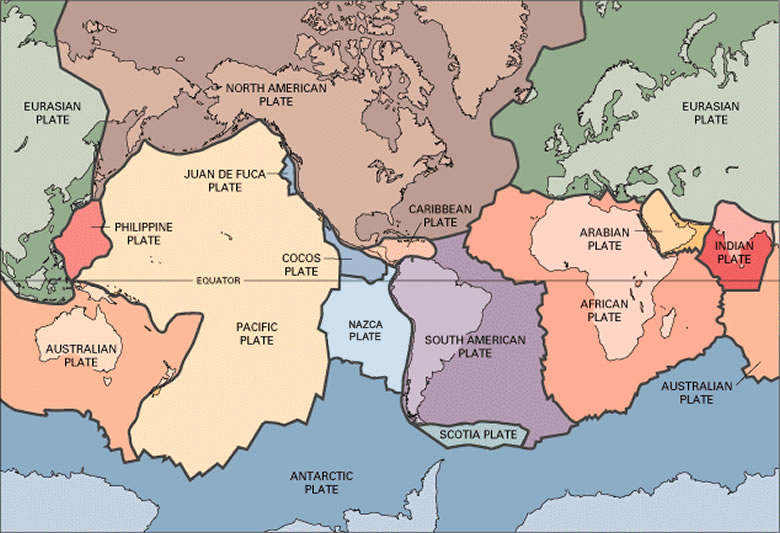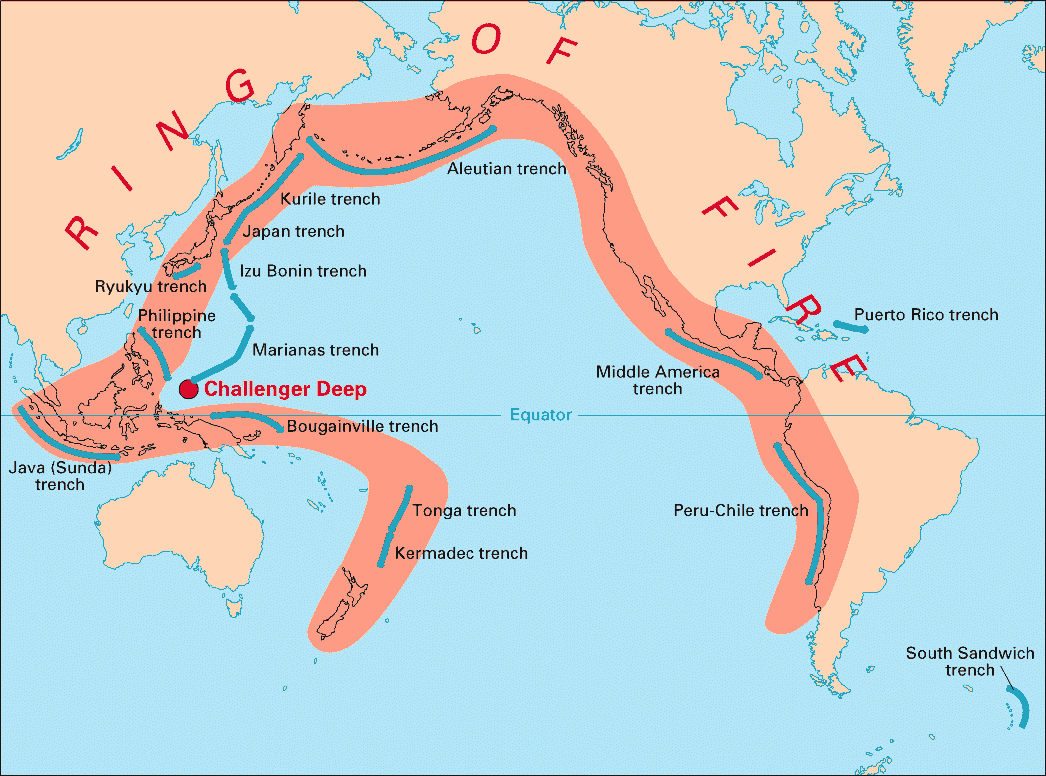By Irdina Zainudin
On 25th February 2022, Malaysia was hit by the sudden tremors caused by an earthquake of 6.2 magnitude that struck West Sumatra at 9:43 am local time.
According to reports, the earthquakes were felt in Kuala Lumpur, Putrajaya, Shah Alam, Petaling Jaya and Klang. Furthermore, the Meteorology Department also reported that the tremors were felt in Selangor, Negeri Sembilan, Perak and Johor.
Fortunately, no casualty was reported from the incident. However, the people in West Sumatra were not as lucky as there were seven casualties caused by the 6.2 magnitude earthquake, as reported by News Strait Times.
Regardless, what caused the earthquake to happen in the first place? And why, despite the tremors, Malaysia was not hit by an earthquake as frequently as their neighbours?
The earthquake that happened in West Sumatra is caused by a phenomenon called the Ring of Fire.
According to the United States Geological Survey (USGC) and National Geographic, the Ring of Fire, also known as Circum Pacific-Belt, is a 40,000 kilometres path of volcanic arcs and oceanic trenches that encircled the Pacific Ocean, which is a frequent zone for earthquakes and volcanic eruptions. The Ring of Fire is formed due to the movement of tectonic plates (also known as a lithospheric plate, which is a massive, irregularly shaped slab of solid rock made up of both continental and oceanic lithosphere), where the oceanic plates slid under the continental plate.


Furthermore, the Ring of Fire is in the area where the Pacific Plate met with several other surrounding tectonic plates like Juan de Fuca, Cocos, Indian-Australian, Nazca, North America, and Philippines Plates. The location of the Pacific Plate being surrounded by multiple tectonic plates led to the tremors of the earthquakes due to the movements of the tectonic plates.
The Ring of Fire got its name from the number of volcanoes located there, which amounted to 75% of Earths volcanoes, which accounted for more than 450 volcanoes. Other than that, the Ring of Fire is the zone the most earthquake activities happen, which equals 90% more than any other area on Earth.
Fortunately, unlike most of the neighbouring countries, Malaysia is not among the countries that are included in the Ring of Fire, as it is barely situated just outside of the belt. Regardless, it does not spare Malaysia from the tremors that it felt from the earthquakes.
Arguably, even though Malaysia is not in the Ring of Fire, Malaysia did have past earthquakes events. For example, the earthquake that hit Ranau, Sabah on 5 June 2015 with 6.2 magnitude, and around the areas in Bentong, Janda Baik and Bukit Tinggi at Pahang around November 2007 until Mei 2008 with 3.5 magnitude. Regardless, both cases are isolated cases, and it is not caused by the Ring of Fire.
Hence, in my opinion, the Malaysian government should be more prepared for these events to ensure less damage to public properties, especially the hospital by implementing an earthquake-resistant structure to the buildings. Next, Malaysia should also implement earthquakes benchmarks (Penanda Aras Gempa Bumi (PAG)) at every spot that would be susceptible to earthquakes, as Pahang did by implementing 13 PAGs in Bentong district after it faced 29 earthquakes in 2007 as reported by Kosmo.
The government and as well as the citizens should be more aware of the tremors that happened and how to act accordingly for the sake of safety. While Malaysia is out of the Ring of Fire, we must realise that the country is still susceptible to the aftereffect of the earthquakes that happened in neighbouring countries like Indonesia and Philippines.
Source: News reports & official reports
